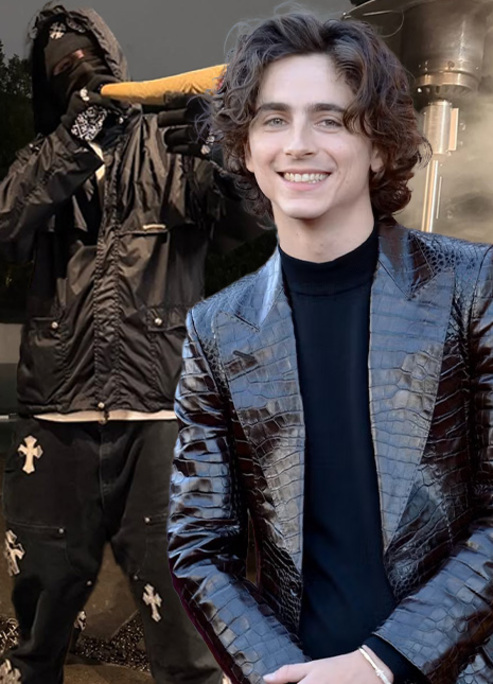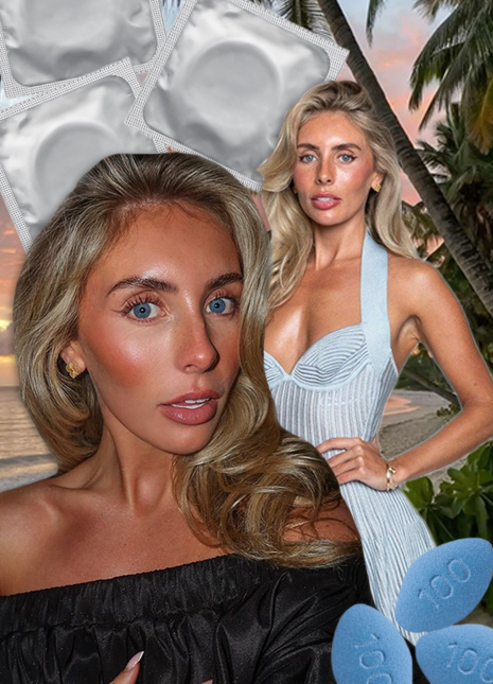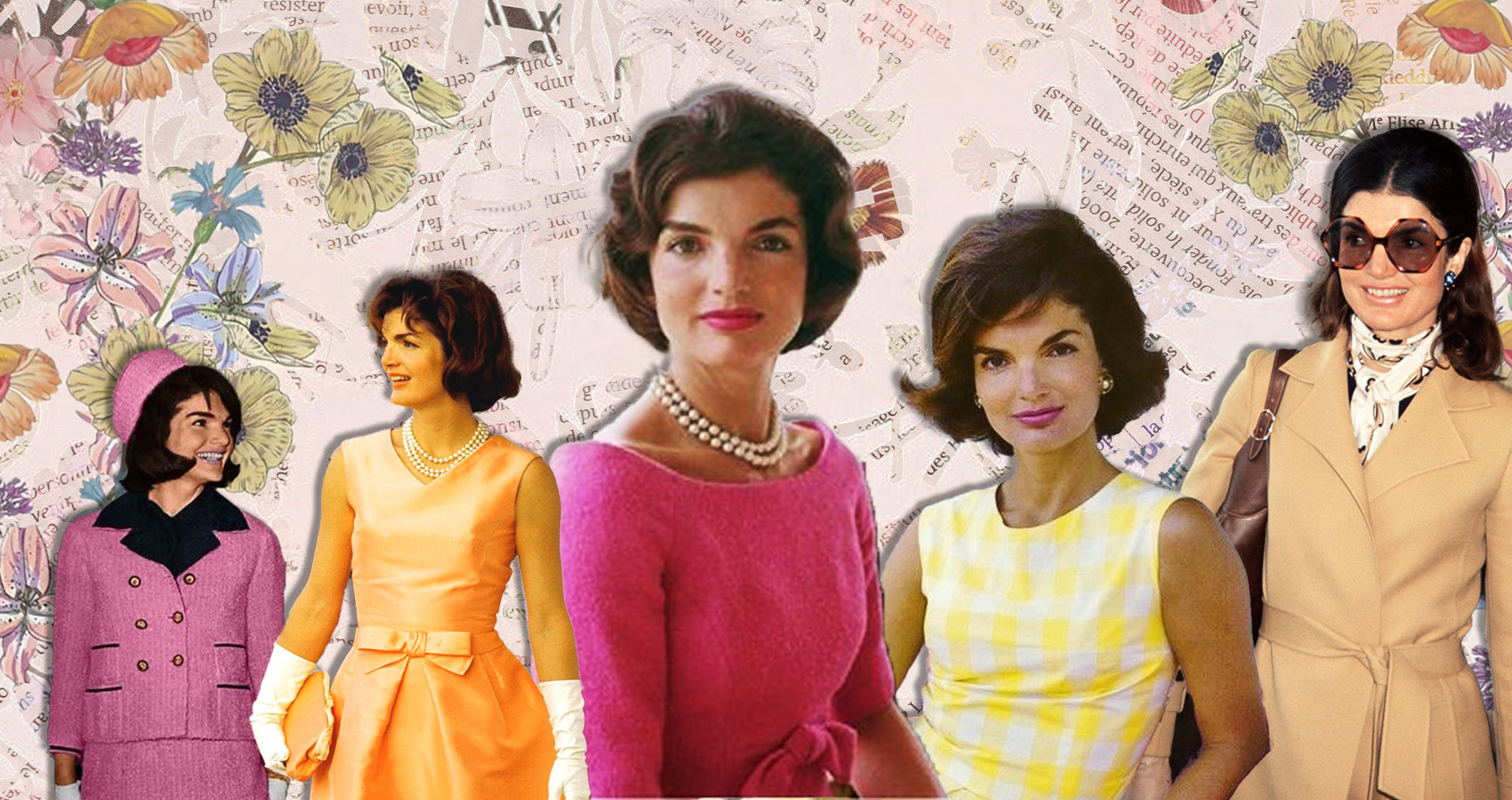
How Jacqueline Kennedy Onassis Style Impacted the Fashion Industry
Celebrating Jackie O impact on fashion.
From Natalie Portman in Pablo Larraín’s ''Jackie'' movie to Lana Del Rey’s National Anthem video clip, in which the singer portrays the Ex-First Lady alongside A$AP Rocky as JFK, Jacqueline Kennedy Onassis remains an immeasurable icon to this day, be it in popular culture, literature, politics, or arts. And in sartorial terms, she was no less influential. From setting trends in the '60s to being dressed by the likes of Carolina Herrera, Chanel, Oscar de la Renta, and Oleg Cassini, Jackie O style took the world by storm. But how did she get there?
Before an Onassis, Jackie was a Kennedy. And before a Kennedy, she was Jacqueline Bouvier, daughter of Wall Street stockbroker John Vernou Bouvier III and Janet Norton Lee Bouvier Auchincloss Morris. Growing up between Manhattan and Lasata, the family's country estate in East Hampton, she was a keen equestrian, competing in the sport and maintaining her passion throughout her life. As an avid reader—perhaps a premonition of her days as a book editor—Jackie had read all the children’s books on her bookshelves before starting school and was described in school as a "very clever, very artistic, and full of the devil" girl, according to "Life of Jackie Kennedy" at the JFK Presidential Library and Museum. At the age of ten, her parents divorced, which was rare at the time and complicated for her. Despite the difficulties, she didn't let this stop her and expanded her activities to include ballet and foreign languages.
After graduating from Miss Porter's School in 1947, an all-girls boarding school in Connecticut, she attended Vassar College in New York, studying history, literature, art, and French. After winning a twelve-month junior editorial position at Vogue magazine, Jackie worked six months in the magazine's New York City office and spent the other six months in Paris. While studying in Paris during her junior year, she returned to the U.S. for her senior year, transferring to George Washington University to be closer to her family. Back at Merrywood Estate in 1951, she got a job as the "Inquiring Camera Girl" for the Washington Times-Herald newspaper, interviewing people, taking their pictures, and including their answers in her newspaper column. Although she was questioning mostly random people, some of her interviewees included the likes of Richard M. Nixon.
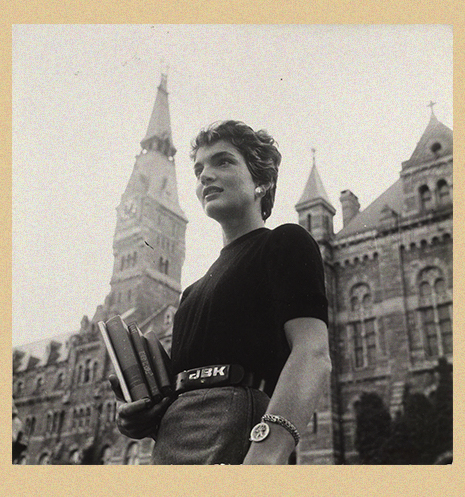
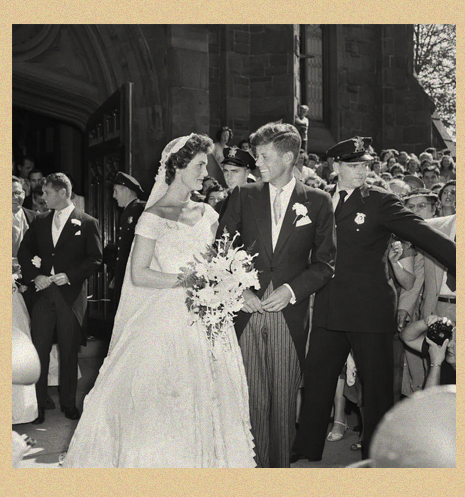
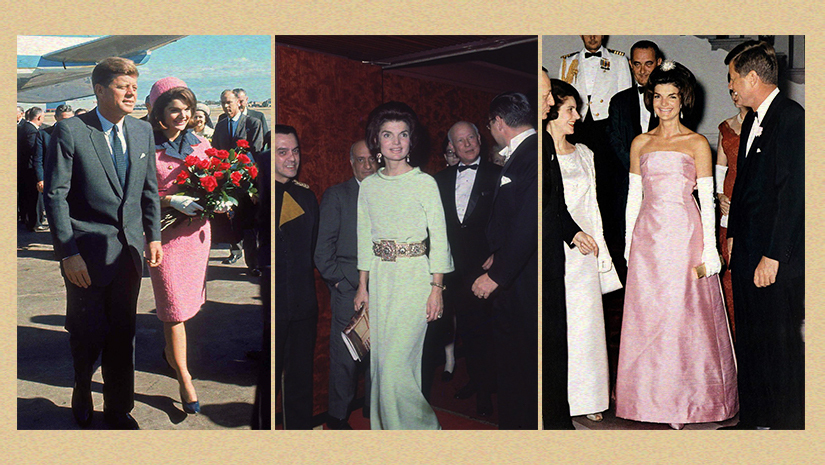
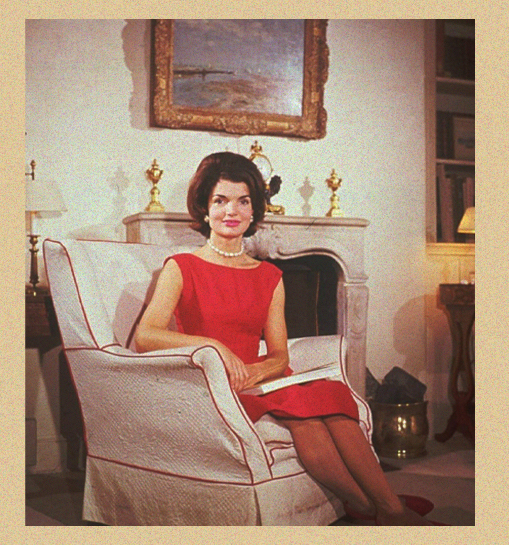
In 1961, Vogue celebrated the elegant, sleek, and sophisticated "Mrs. Kennedy look" in an issue that included sketches of her inaugural ball gown and favorite evening designs by Oleg Cassini. The magazine wrote, "In the first weeks of June this year, Europeans had a whole new image of the young American woman—gentle, informed, attractive—and Jacqueline Kennedy was its prototype. The clothes she wore played a particularly pleasant role in all of this. Distinctive enough to provoke the amusing Vicky cartoon in The London Evening Standard reproduced above, dashing enough to cause newspapermen to ask their wives what-do-you-call-a-dress-with-no-sleeves-that-comes-in-two-parts-and-isn't-tight?—the clothes were still so unobtrusive that the wearer was far more significant than what was worn."
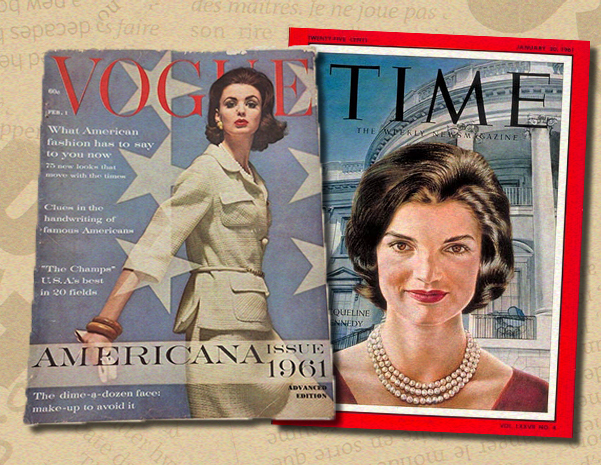
With a graceful and elegant style that quickly captivated the world beyond fashion magazines, Jacqueline created a signature visual for '60s fashion: sleek tweed suits, cool oversized sunglasses, fancy pillbox hats, mysterious headscarves, and delicate A-line dresses adorned with bows. As magazines increasingly circulated the "Jackie" look and women worldwide attempted to emulate it, high fashion labels began establishing connections with the First Lady.
From a strapless pink silk Dior gown at a 1962 dinner honoring French Minister Andre Malraux to a budding friendship with Valentino Garavani that secured her six gowns, Jacqueline became closely associated with haute couture, which only increased her relevance in fashion. Among her many ties with the industry, one of the most recognizable was with the Italian Gucci, which began due to her strong penchant for Hobo Bags.
Seen carrying them everywhere during the '60s, the design was then named after her and is now known as Gucci Jackie. For instance, during Alessandro Michele's tenure at the luxury label, the accessory was reissued in several color variations.
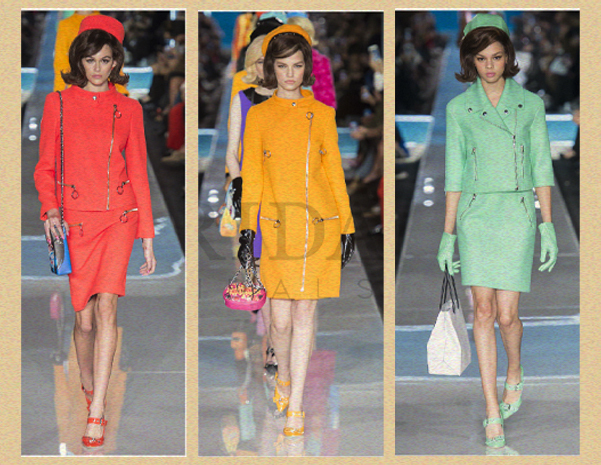
But Jacqueline Kennedy's best-known—and most replicated—look was the infamous pink Chanel tweed suit she wore in Dallas, Texas, as she and her husband paraded in a car through cheering crowds and he was assassinated in front of her, leaving her a widow at age 34. Her famous pink suit became a symbol of her husband's assassination, her strength, and one of the most memorable images of the 1960s.
After arranging Kennedy's funeral and founding the John F. Kennedy Presidential Library and Museum, Jacqueline's need for privacy led her to spend a significant amount of time in Europe. In 1968, she became an Onassis, marrying Greek shipping billionaire Aristotle Onassis. Following his passing in 1975, she assumed the role of editor at Viking Press in New York City, later transitioning to Doubleday as a senior editor, a position she held until her demise in 1994.
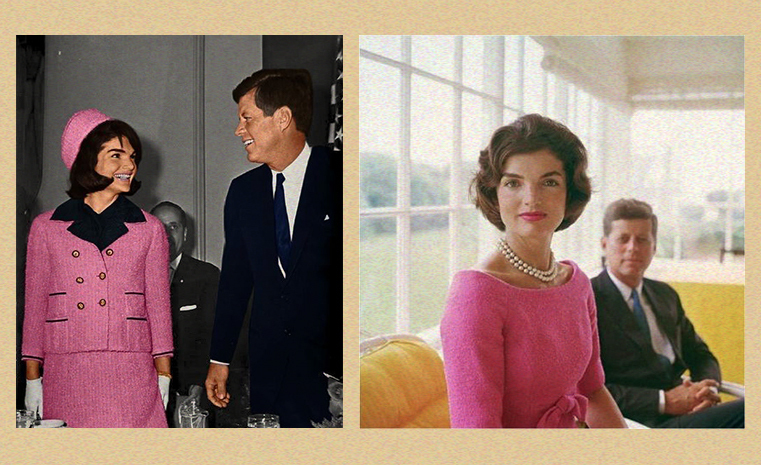
With a classic and elegant style that has become timeless, the current fashion industry remains in sync with her wardrobe choices. While public figures like Lady Diana, Anna Wintour, Meryl Streep, Carla Bruni, Frida Aasen, Rihanna, Emma Roberts, Amal Clooney, and Kate Middleton have channeled their inner Jackie, many designers have been inspired by her. Seen in lady-suits at Chanel Spring 1993, Versace Fall 1995 ready-to-wear, Chanel Fall 1995 ready-to-wear, Chanel Spring 2008, Oscar de la Renta Fall 2015, Moschino Resort 2016, Chocheng Fall 2024, Roberto Cavalli Fall 2024, and Celine Fall 2024, the collections that have paid homage to her elegant look are numerous.

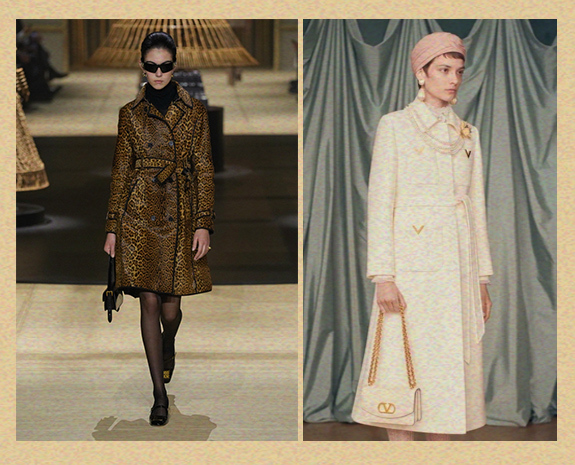
With frequent homages to Jackie's signature style or modern reinventions, Jacqueline Kennedy has influenced the fashion industry and left an indisputable impression to this day.
So the next time you open a runway app and spot a lady's suit, pillbox hat, headscarf, A-linen dress, and that unmistakable '60s flair, know that the one behind is Jackie O.



